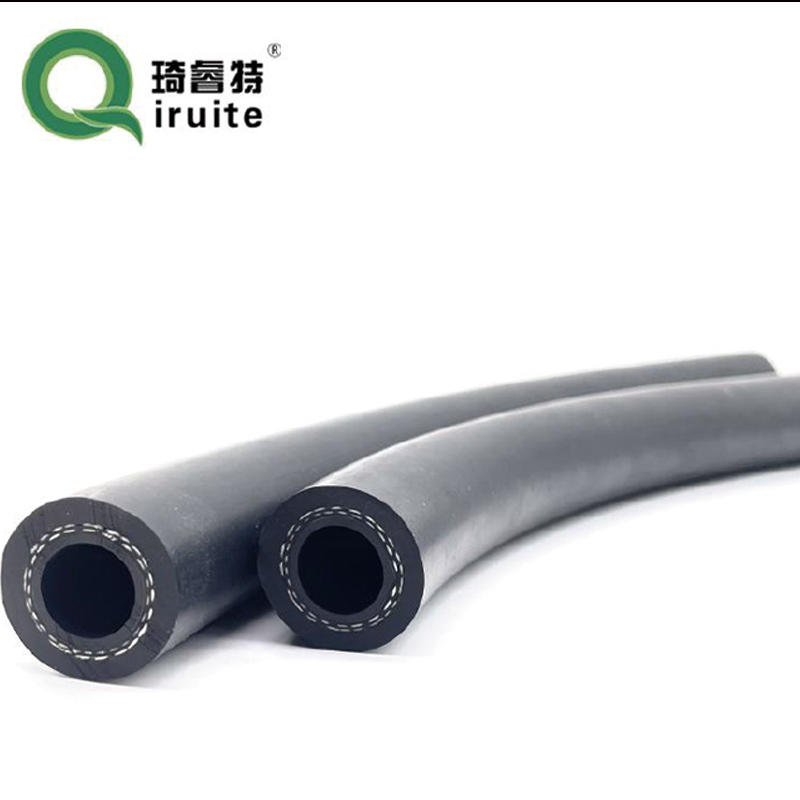Understanding the Importance and Function of Automotive Brake Hoses in Vehicle Safety
Understanding the Importance of Automotive Brake Hoses
When it comes to vehicle safety, one of the most critical components is the brake system. While many drivers often associate braking power with the brake pads or rotors, the brake hose plays an equally vital role in ensuring that the braking system functions effectively. Automotive brake hoses are designed to withstand both high pressure and temperature fluctuations, making them an indispensable part of modern vehicles.
What Are Brake Hoses?
Brake hoses are flexible tubes that transfer brake fluid from the master cylinder to the brake calipers or wheel cylinders. They are typically made from a combination of materials, primarily rubber and reinforced fabric or metal, to ensure durability and flexibility. While they may appear to be minor components, their function is crucial for the overall performance of the brake system.
The Function of Brake Hoses
As the driver presses the brake pedal, hydraulic pressure is created in the master cylinder. This pressure travels through the brake hoses, pushing brake fluid toward the brake components at each wheel. The fluid activates the calipers, which then apply force to the rotors, slowing down or stopping the vehicle. If any part of this system fails—including the brake hoses—the effectiveness of the brakes can be compromised, leading to potentially dangerous situations.
Types of Brake Hoses
automotive brake hose

There are primarily two types of brake hoses used in vehicles rubber brake hoses and metal brake lines. Rubber hoses are the most common and are often used in various applications due to their flexibility and ease of installation. However, they can deteriorate over time due to heat, moisture, and exposure to road chemicals. Metal brake lines, on the other hand, offer higher durability and can withstand extreme conditions, but they may not provide the same level of flexibility as rubber hoses.
Common Problems with Brake Hoses
Over time, brake hoses can experience wear and tear, leading to several issues. One of the most common problems is cracking or bulging due to age or exposure to harsh environments. When this occurs, it can lead to brake fluid leaks, which severely affects braking performance. Drivers may notice a spongy brake pedal or decreased responsiveness, indicating the need for immediate inspection and possible replacement of the brake hoses.
Another issue is the contamination of brake fluid. If water or dirt enters the brake system through damaged hoses, it can cause corrosion and accelerate the deterioration of critical components. This contamination can also lead to brake fade—where the brakes lose effectiveness due to overheating—resulting in longer stopping distances.
Maintenance and Replacement
To ensure safety, regular inspection of brake hoses is essential. It is generally recommended to have the brake system checked during routine vehicle maintenance. Technicians will look for signs of wear, such as cracks, leaks, or bulging, and will recommend replacement if needed. Most manufacturers suggest replacing rubber brake hoses every 4-6 years, regardless of their appearance, as the materials naturally degrade over time.
In conclusion, while automotive brake hoses may not be the first component that comes to mind when thinking of brake performance, they are vital to ensuring the efficiency and safety of the vehicle's braking system. Regular maintenance and inspection can help prevent potential failures, ultimately contributing to safer driving conditions. For the sake of safety, never overlook the importance of this critical yet often-forgotten component of the brake system.
-
Ultimate Spiral Protection for Hoses & CablesNewsJun.26,2025
-
The Ultimate Quick-Connect Solutions for Every NeedNewsJun.26,2025
-
SAE J1401 Brake Hose: Reliable Choice for Safe BrakingNewsJun.26,2025
-
Reliable J2064 A/C Hoses for Real-World Cooling NeedsNewsJun.26,2025
-
Heavy-Duty Sewer Jetting Hoses Built to LastNewsJun.26,2025
-
Fix Power Steering Tube Leaks Fast – Durable & Affordable SolutionNewsJun.26,2025

